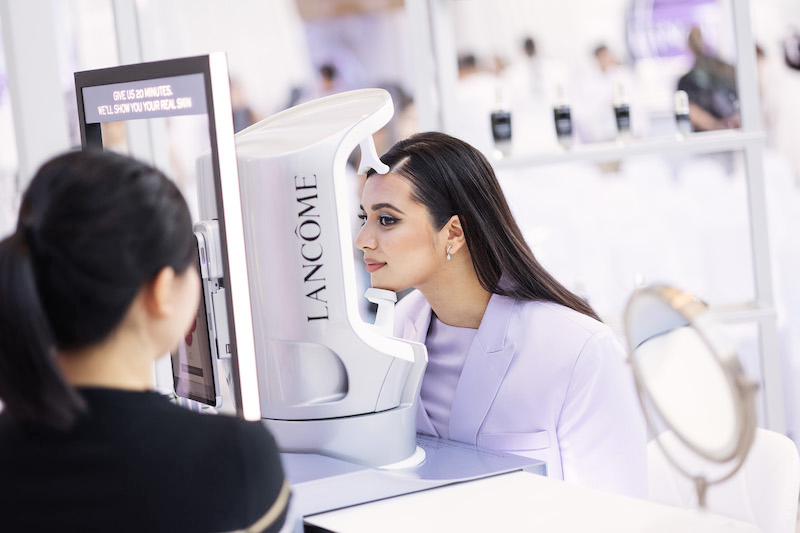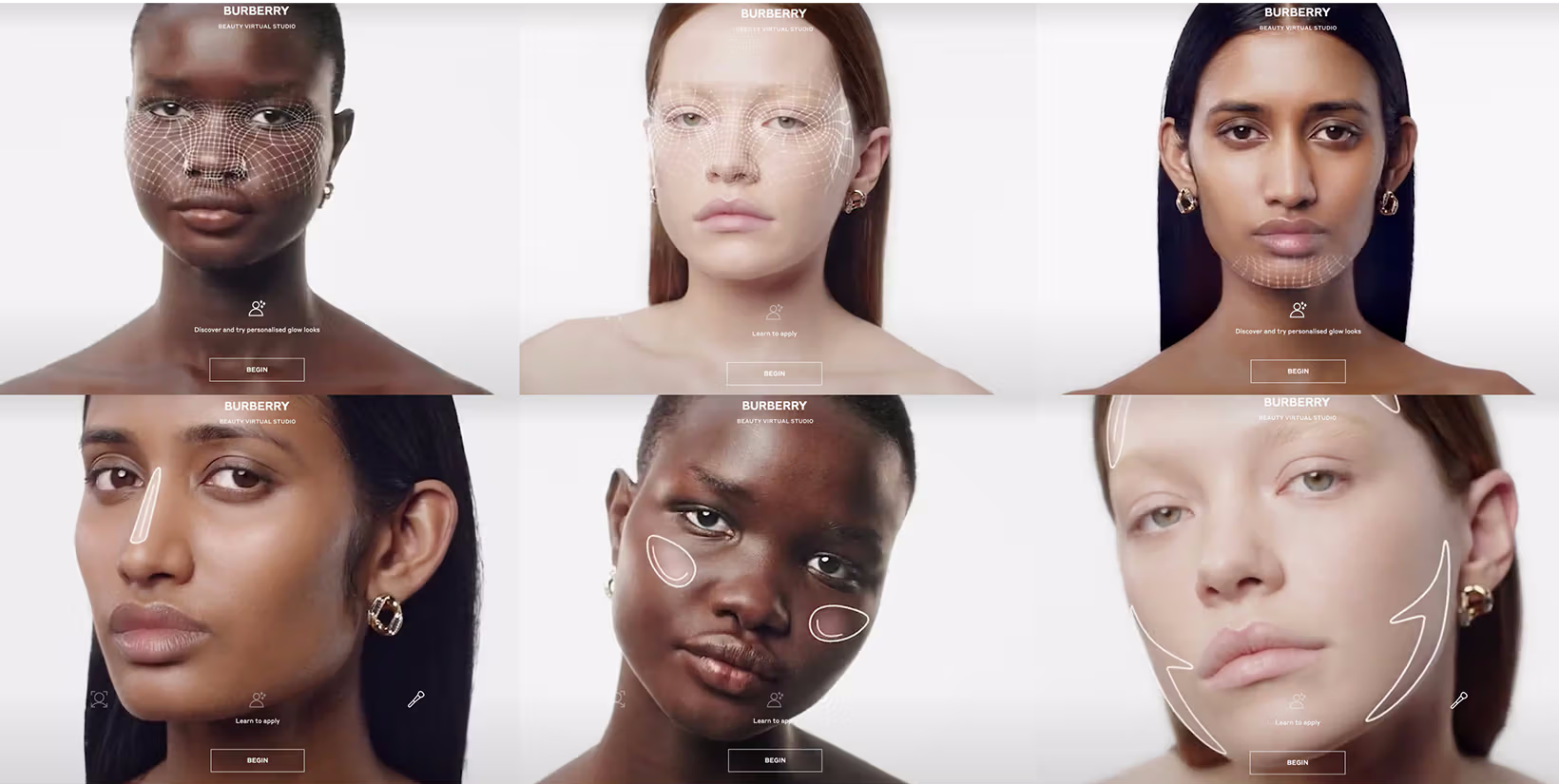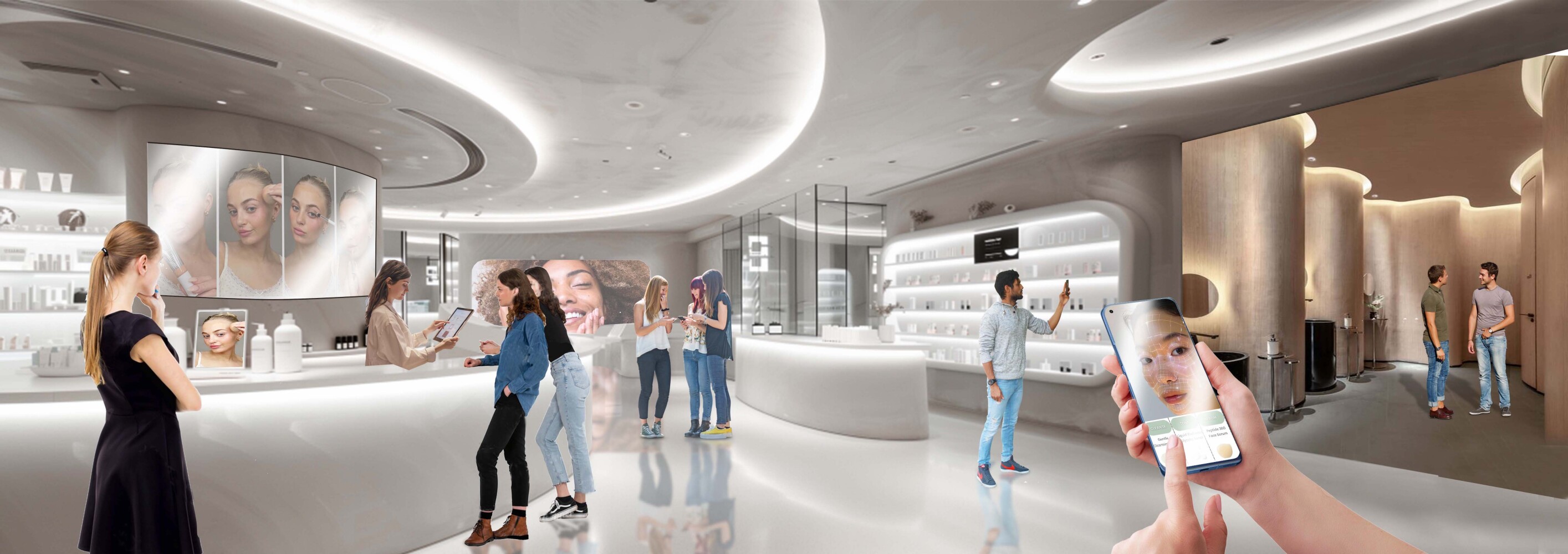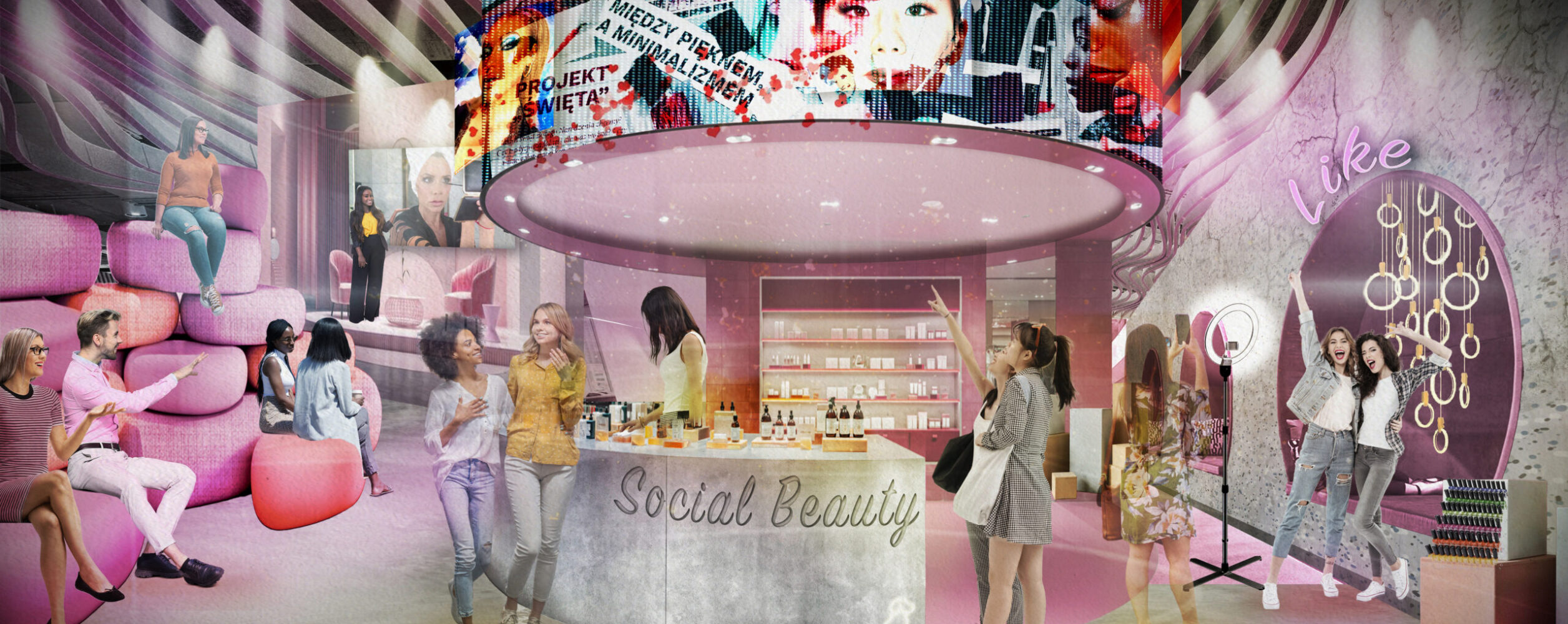Rehumanising beauty
How thinking fans, not customers can redefine the role and value of technology in an increasingly automated Beauty landscape.
Beauty is big business; a fast-paced world of high-gloss products and high-touch experiences – it’s a category that’s never been short on glamour or sensory stimulation.
Brands have built their businesses around an empathic and in-depth understanding of what drives customer purchase behaviours, from the ‘lipstick effect’ to the rise of wellness they’ve successfully tapped into needs of self-expression, belonging, and validation. In response, beauty experiences have been characterised by the human touch; the treatment, the makeover, the influencer event, the insider recommendation – beauty is at its heart a very human business.
It’s a formula that’s driven huge profits for decades. But now the focus of that formula is shifting, and that shift is towards technology. As the big beauty players redefine their business models, we’re witnessing unprecedented investment in innovation, artificial intelligence, hyper-personalisation, and proprietary diagnostic tools.
The global AI beauty market, valued at $2.68 billion in 2022, is projected to reach a value of $6.8 billion in 2027 (The Business Research Company, 2024)

"For many customers the beauty world is already complex and confusing"
As technology advances, e-commerce booms, DTCs continue to disrupt and influencers become, well, more influential, we’re witnessing a fundamental reshaping of how consumers interact and transact with beauty brands. It’s an exciting new tech-enabled era, but does this innovation come at a cost?
For many customers the beauty world is already complex and confusing, with 79% feeling overwhelmed by the industry (Simple, 2023). This is exacerbated by a broader lack of trust in artificial intelligence, and in beauty brands and their ambassadors, fuelled by debunked social media trends, faux online experts and counterfeit products.
Just 28% of US consumers say they would be interested in and willing to pay for hyper-personalised beauty products developed through biometric data (Mintel, 2024).

Thinking Fans not Customers
Without great care, the technology designed to help cut through the noise, reassure and recommend may do more harm than good to customer relationships and business’ bottom line. The big question: is technology actually creating a greater distance and divide between customers, brands and their frontline staff – are we at risk of dehumanising beauty?
At Household, we understand the critical importance of emotive, human connections in brand-building and experience – regardless of category. With, on average, 70% of business, driven by just 10% of customers (McKinsey 2023), understanding and responding to the wants and needs of the hyper-engaged can help us to optimise engagement with all customers. We call these very valuable consumers Fans – those abnormally interested in brands. They are, on average, 6x more valuable than merely satisfied customers (Marketcast 2023) and more likely to spend, recommend and remain loyal. Creating and fostering fandoms is shaping the next generation of experience design and the next chapter of growth for brands.
To delve a little deeper into the topic we asked 300 beauty fans, utilising Household’s Fanalytics research platform, about the impact of technology in the industry, what it means to them and their beauty experience. From their responses we have outlined 4 strategic recommendations for how brands can counter the dehumanisation of beauty in an increasingly tech-led industry and create engaging fan-first brands and experiences.
1. Tech can drive discovery in physical experiences
Fans want to get up close and personal with beauty products, not screens
Our respondents are looking for more opportunities to “sample products in store”.
Trial and sampling is an integral part of the beauty journey. It builds trust and brand connection, but it’s also often a fun even social experience as customers can experiment with products and looks. As AR technology improves, it’s succeeding in supporting purchase decisions from afar, take Burberry’s hyper-realistic Beauty Virtual Studio for example. But there’s been little innovation in in-store sampling. Ulta Beauty is using touch screen product dispensers, which reward members who sign in with one free travel sized item a week. But the screen is still a barrier to product interaction; automation and sample availability are not enough to inspire true discovery alone.
Imagine if tech brought an expert personal touch to sampling, with in-store recognition remembering your past purchases and preferences, recommending complementary colourways and combinations. This would take the guesswork and stress out of the process in-store and continue the conversation and path to purchase with customers in other channels.

2. Go beyond technical diagnosis to be part of your fans’ entire beauty journey
Fans want more support
A third of our respondents are looking for tech to unlock more opportunities to learn and master beauty techniques.
When it comes to skincare, everyone’s wants and needs are different, making it a difficult category for consumers to make sense of. Many Beauty brands are investing in AI to revolutionise skin analysis and empower customers to make more informed choices in store, for example, Neutrogena’s Skin360 and Lancôme’s Skin Screen. But tech has the potential to play a greater role in missions beyond product selection to become more of a real-time guide or service companion. Technology can enhance evolving customer journeys by driving the right interaction at the right time with greater personalisation, conversation and real-time recommendation to inspire richer and deeper engagement beyond diagnosis. Brands have an opportunity to be an ongoing go-to for fans in need of support.
Imagine if brands acted as an end-to-end beauty buddy, building out profiles for customers to create more value-add moments. Whether its tracking progress of product effectiveness, live education alongside product usage or putting users in control of their data to better design and update their routines as their needs evolve. This could also support a shift from in store mode to a “My mode” service that adapts language and preferences to customers according to their stage in a lifecycle, to pioneer enduring fan relationships.

3. Leverage tech to better connect beauty fans
Fans want to learn from each other
Our respondents cited “recommendations from friends & family” as the top way to find beauty products.
With social media, the beauty marketplace has become more and more democratic with consumers looking to each other for inspiration over brands or beauty editors. Shared experience, collective wisdom and communal exchange are just as valuable as expert opinions or technology-based recommendations. Some Beauty brands have cultivated powerful communities online, Sephora’s Beauty board is nailing it when it comes to promoting customer recommendations, seamlessly connecting them to transaction journeys. But there is a missed opportunity for Beauty brands to play host to their communities in store, using technology to cultivate communities IRL.
Imagine if stores become living social channels, replicating the impulse and connectivity of online communities in-store. Somewhere to like, connect and upload with dedicated space for user generated content or hosted live stream Q&As, GRWMs, tutorials or interactive product development workshops. Creating more tech-led touchpoints that bring fans together can strengthen brand perception and simultaneously drive value back into the business by capturing data in new ways.

4. Use tech to inspire and involve fans in your impact initiatives
Fans want to feel good about their choices
37.6% of respondents said transparency around ingredient lists motivates their beauty choices.
In a marketplace full of claims and promises the call for clarity has never been louder. Consumers are looking for truth in the fine print – and tech can play a stronger role in providing that peace of mind. To go beyond campaigns, the big Beauty players are pushing ahead to improve traceability. Chanel’s alliance of 15 beauty manufacturers aims to map supply chains on a single platform called TRASCE, to provide customers with clear and comparable impact information. But there’s an opportunity for this to show up more meaningfully in the customer journey to bring people closer to products and create shortcuts to decision making.
Imagine if traceability was about more than information but customisation. Beyond smart labels backed by blockchain credibility, tech-enabled traceability could allow fans to choose ingredients that align with their values, making transparency a personal and participatory experience that goes beyond the table stakes of proving brand social responsibility.

The future: A beauty experience backed by tech but led by emotion.
Tech is not the experience; it enables experience. Taking a fan-led approach means designing for evolving emotional states, giving beauty tech the potential to supercharge brand stories, inspire new behaviours, create shareability and demonstrate values. The result? Greater connection and value perception that drives a hyper-engaged fan base, fuelling revenue and lifetime value.
Foresight: Emotion will be more influential in shaping our interactions with beauty technology, with AI capable of detecting and responding to users’ emotional states, aligning products and experiences with their current moods e.g. More tailored store experiences utilising smart mirrors or neuro-sensor tech.
Farsight: Technology will allow Beauty brands to develop their own interconnected ecosystems where customers can access a world of products, services, communities and experiences wherever they are. Whether in store or at home, fans will be recognised and rewarded with always-on support and expertise, helping them get ready, style a look, learn how to get the most out of products and of course find their newest beauty obsession.
Get in touch
Get in touch with our Senior New Business Manager, Elisa Barnard [email protected] if you’d like to explore how thinking fans, not customers can help your brand or business to think differently about the role of technology, or experience more generally, in the beauty sector, and beyond.
For the journey, not just the destination
Future of Retail Parks
COMING SOON...
Future of Sports Experiences